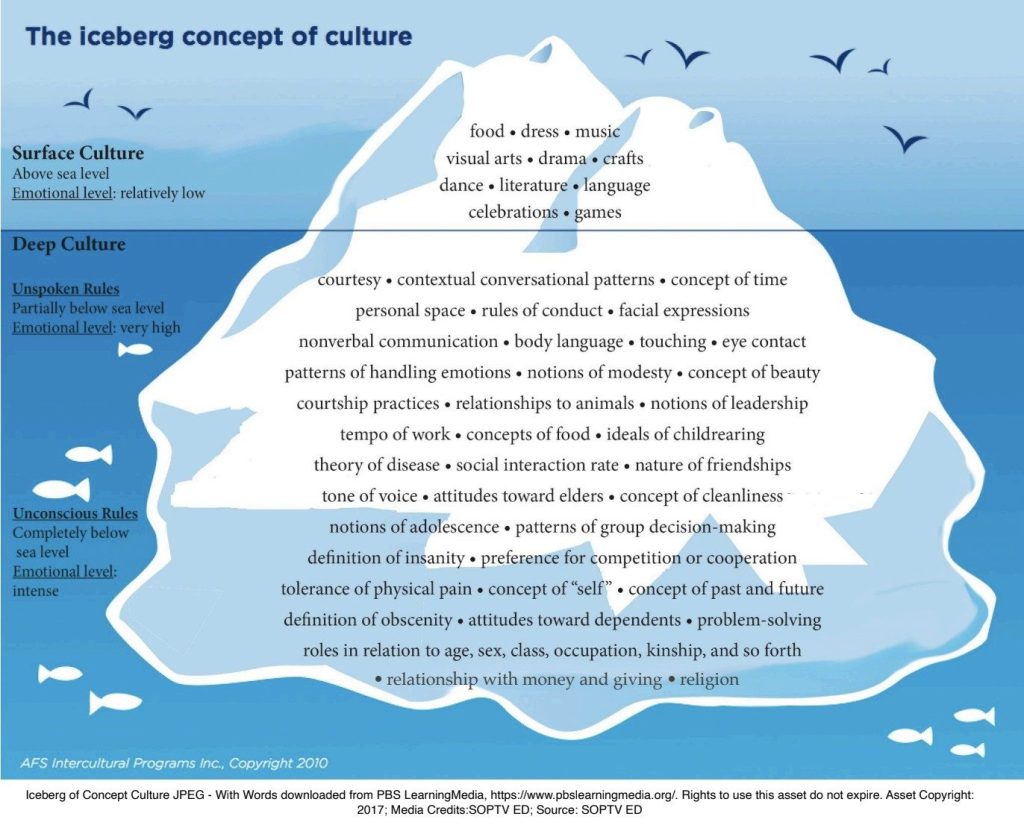“Keep your language. Love its sounds, its modulation, its rhythm. But try to march together with [people] of different languages, remote from your own, who wish like you for a more just and human world.”
~ Hélder Câmara
Welcome back to The Belonging Brief, where we’re exploring the fifth AmazeWorks Condition for Belonging: Respect.
If you grew up in the United States, the word respect probably rings a few bells. Maybe you saw it on brightly colored posters in your elementary school hallway. Maybe you learned to spell it by listening to Aretha Franklin’s anthem. Maybe you felt it kick in subconsciously when speaking to an adult or person with authority.

Respect is everywhere in our cultural vocabulary. But despite how familiar the word feels, it doesn’t always mean the same thing to everyone.
Sesame Street defines respect as treating someone in a way that makes them feel cared for and important. But how do we determine what behaviors accomplish that feeling? How we interpret and express care and respect is shaped by our cultures.
In this issue, we’re diving beneath the surface to examine the full cultural iceberg. Scroll to explore how our understandings of respect are formed and how they show up in our organizations.
In this newsletter, you’ll find:

Respect isn’t one-size-fits-all. Our understanding of what it means to be respectful is shaped by the cultures we grew up in: our shared behaviors, values, communication styles, and social norms.
We each have very deep-seated assumptions about how others shouldshow us respect. When we take time to unpack our cultural understandings and acknowledge that others’ experiences are equally valid, we can begin to co-create norms of respect that work for everyone.
Take a look at the above cultural iceberg above. The farther below the water’s surface we go, the more “normal” or unquestioned our cultural preferences tend to feel. Here are a few examples of how our unconscious cultural rules can feel surprising or jarring when we encounter something different:
When we recognize these differences, we can begin to see how our assumptions about respect are not universal. They’re cultural! And when we move beyond a dominant lens, we make space for cultures of belonging where people are fully seen, heard, and valued for who they are.

Respect can feel abstract, especially across cultural lines. This activity helps us think tangibly about the ways that respect manifests itself in personal and professional spaces. You’ll explore what respect looks, sounds, and feels like to you.
For example:
After completing the activity, consider how you can establish organizational norms around respect that are culturally competent and responsive.

In 2024, Minnesota passed a law requiring salary ranges on job postings as part of a broader effort to promote equity and close the gender pay gap.
This law directly challenges a deeply held cultural norm in the US: that talking about money is disrespectful. If you revisit the cultural iceberg, you’ll notice that “relationship with money” appears at the very bottom, indicating how emotionally loaded and deeply ingrained this belief is. In dominant US culture, wages and salaries are considered private matters. But cultural taboos like these can also reinforce inequality.
So how did we get to a place where legislation is pushing back against ingrained cultural norms?
Community and organizational efforts to fight pay inequities, like gender and racial pay gaps, have shown that it’s possible to destabilize dominant expectations. For people who have been systematically underpaid, silence around pay can feel more disrespectful than transparency.
This shift in legislation invites us to rethink what respect means in practice, especially when dominant norms stand in the way of equity.
Sometimes, honesty feels more respectful than tradition.

Yesterday, AmazeWorks hosted the third webinar from our Bringing Belonging to Work series: Culture Transformation & You.
This webinar explored:
Didn’t make it? Email andrew@amazeworks.org for the recording!
Mark your calendar for the final webinar in the series: Being Comfortable with Being Uncomfortable on Wednesday, September 10 from 12-1PM CT.
We’re partnering with the Minnesota Council of Nonprofits to help nonprofits share their stories, shining the best possible spotlight on their invaluable work. 🔦
This full-day, virtual training will take place on August 7 from 8:45AM –3:30PM, offering sessions designed for nonprofit communications, advocacy, and fundraising leaders, executive leadership, and board members serving on fundraising and policy committees.
Join Rebecca Slaby from 9-10AM for Belonging as Core to Communicating Your Nonprofit’s Story. In this session, we will:
Click here to register and amplify your organization’s story!

One of the clearest ways we show and interpret respect is through communication.
This handout helps individuals name their preferences on feedback style, privacy boundaries, preferred communication methods and more. Use it to make your workplace norms more transparent and inclusive.
We’ve used this tool with our own team at AmazeWorks. Now, we have a shared document where each person’s communication preferences are accessible to everyone. Whether we’re celebrating a colleague’s success, offering constructive feedback, or collaborating on a project, we can approach each interaction with intention and respect.